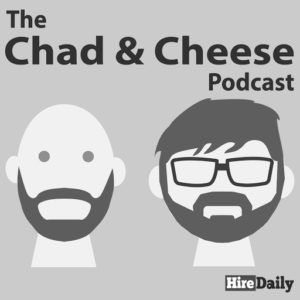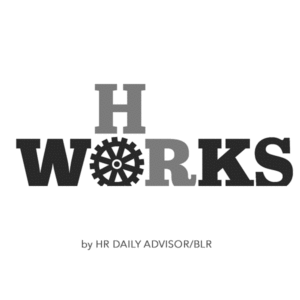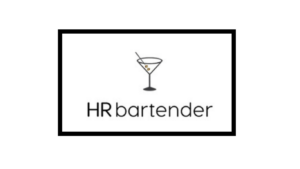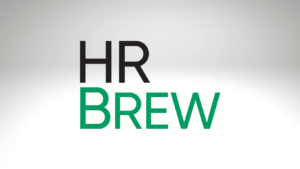W
elcome back to HR’s Most Dangerous Podcast, where Chad and Joel serve up spicy takes and recruiting truths hotter than a Nashville summer. This week, they wrangle Courtney Dempsey, the tech-savvy maestro behind Southern Rock Restaurants’ hiring empire. With 160 restaurants and a hiring strategy sharper than a deli slicer, Courtney spills the secret sauce: targeting job seekers while the rest of us are dreaming about tacos a
t 3 AM.Hear how she uses LLMs like they’re her personal AI attack dogs, outsmarts bigger competitors with zero chill, and recruits AARP members because, frankly, Gen Z already got their fill of side










